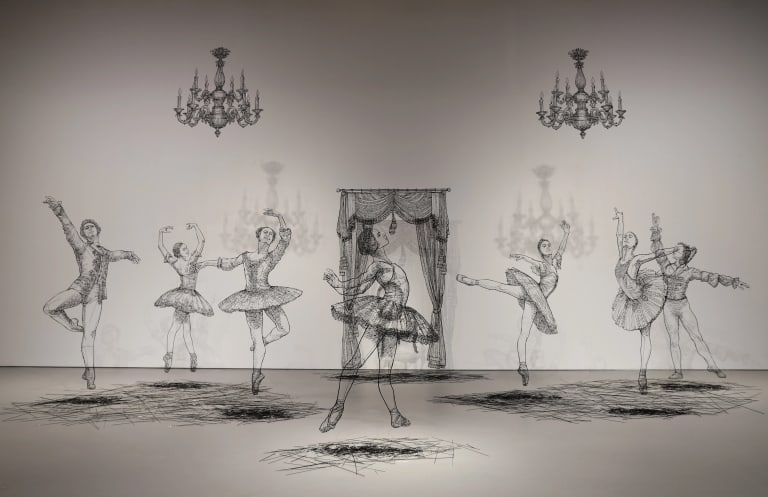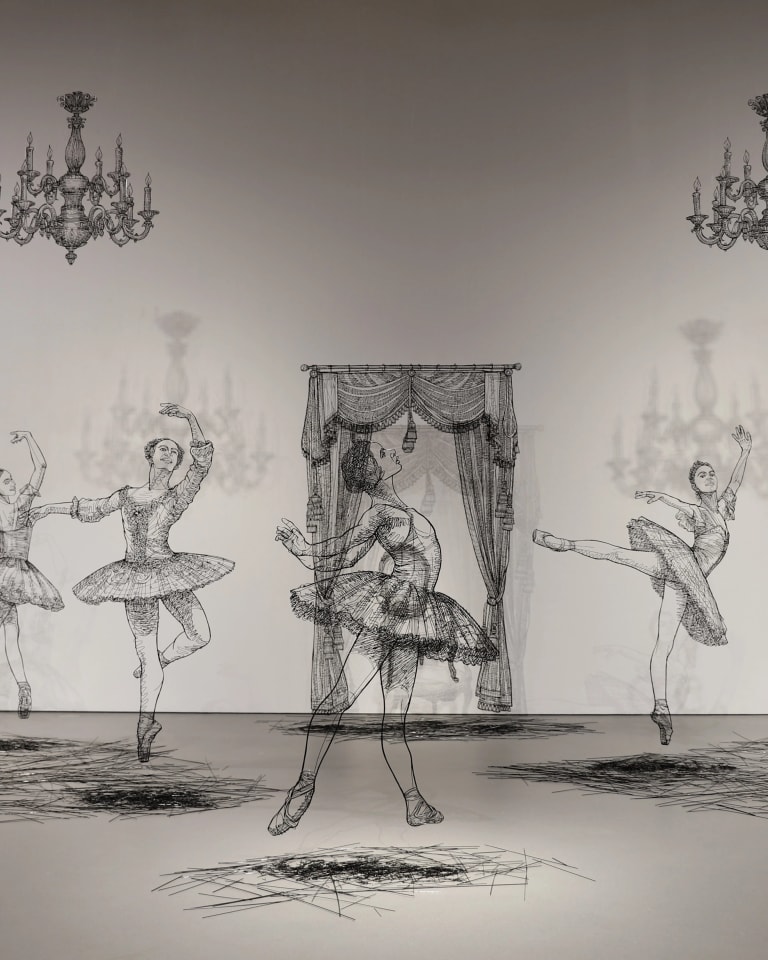Portfolio: Minseop Yoon
The artist’s sculptures are created using a technique that she calls “drawing in space.”


Minseop Yoon (MFA 2013 Fine Arts), Dance for the Night, 2022
Minseop Yoon (MFA 2013 Fine Arts), Dance for the Night, 2022